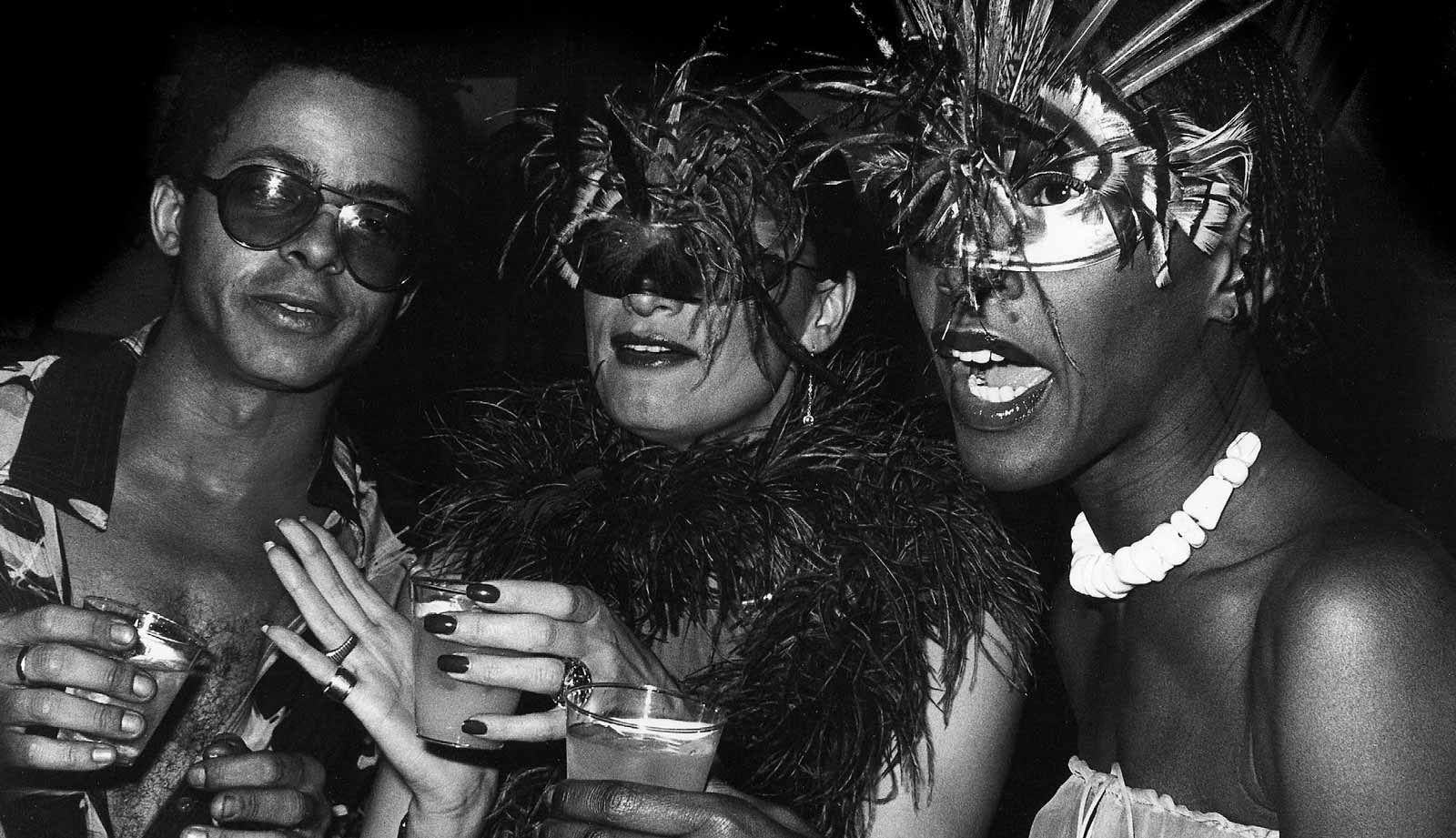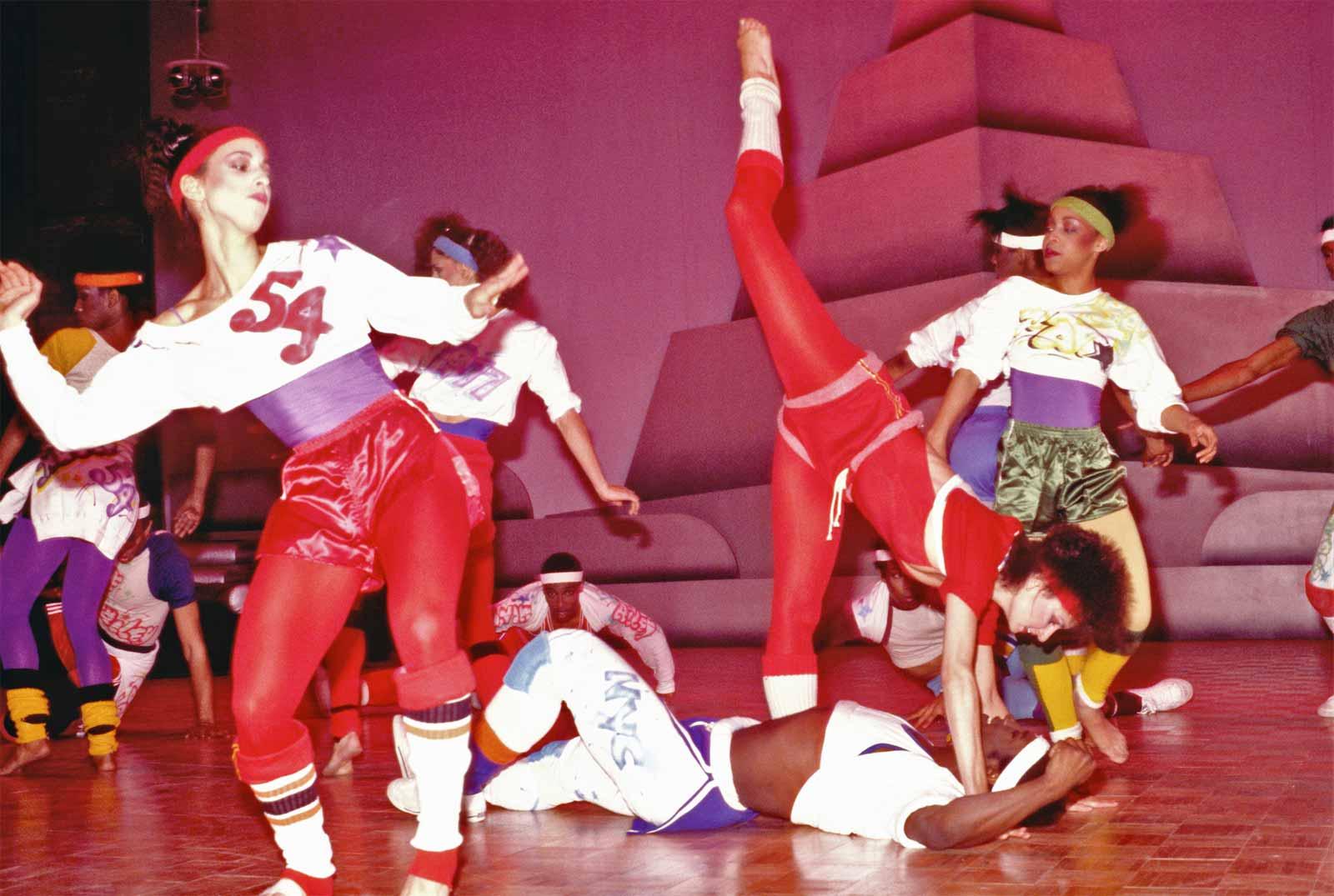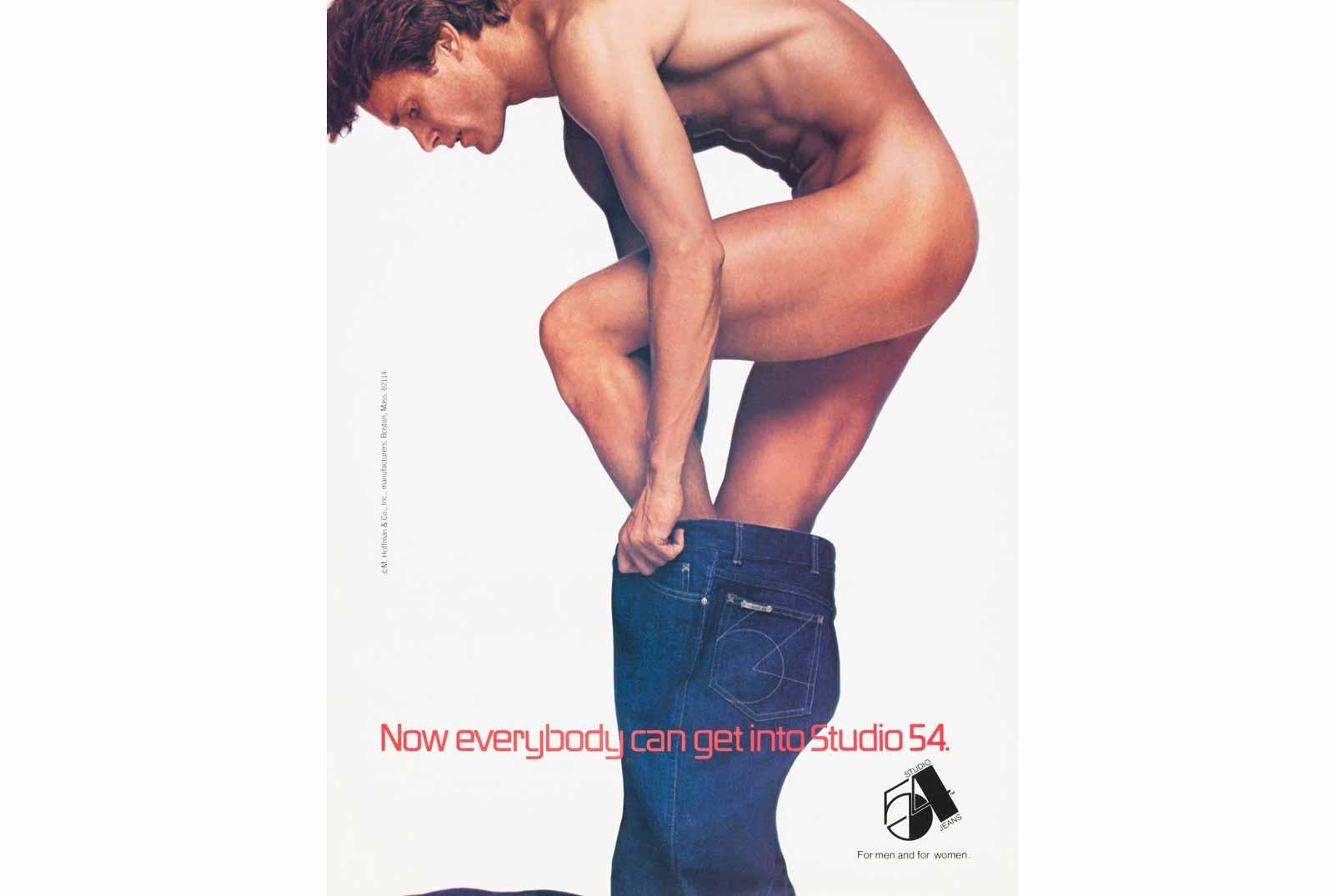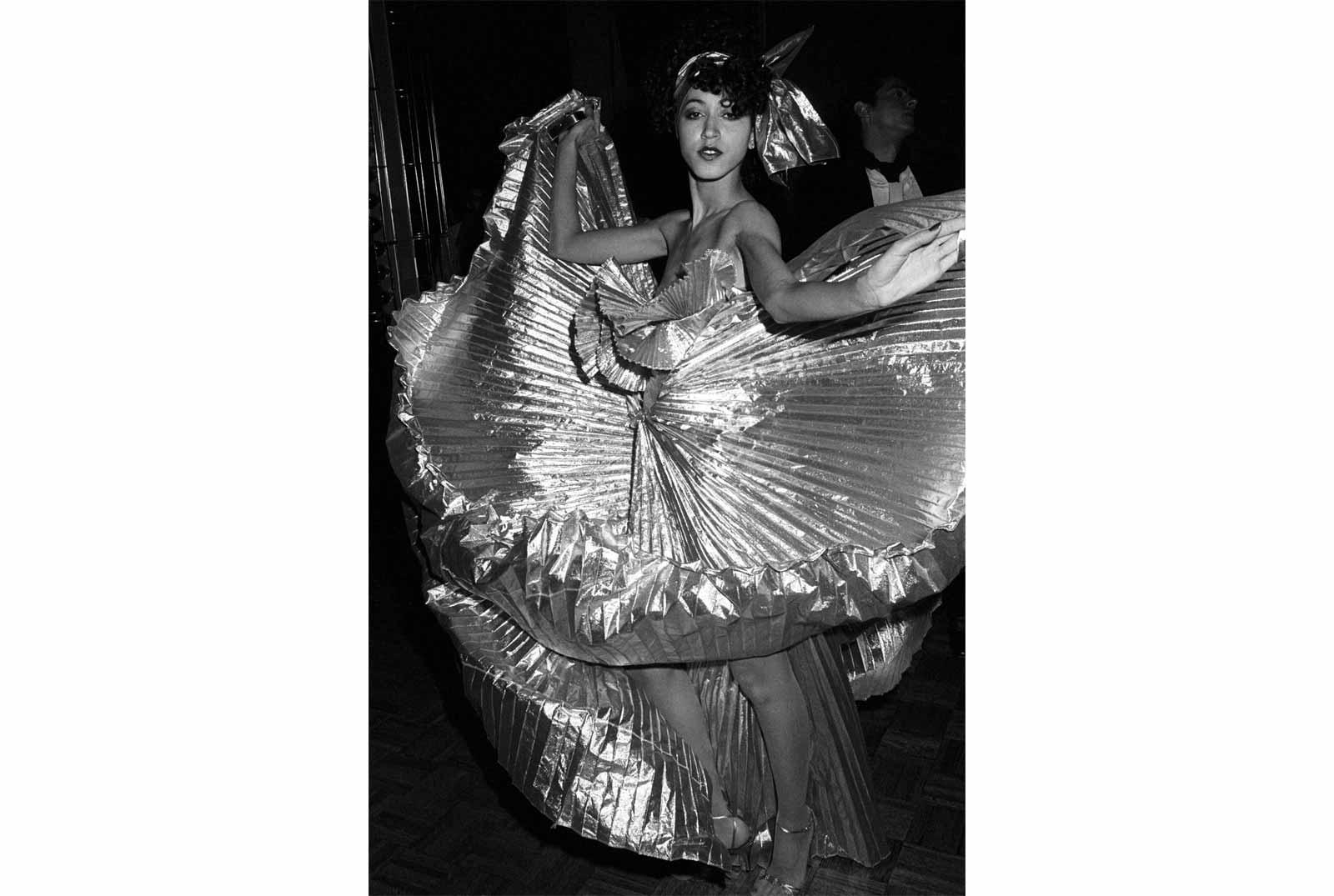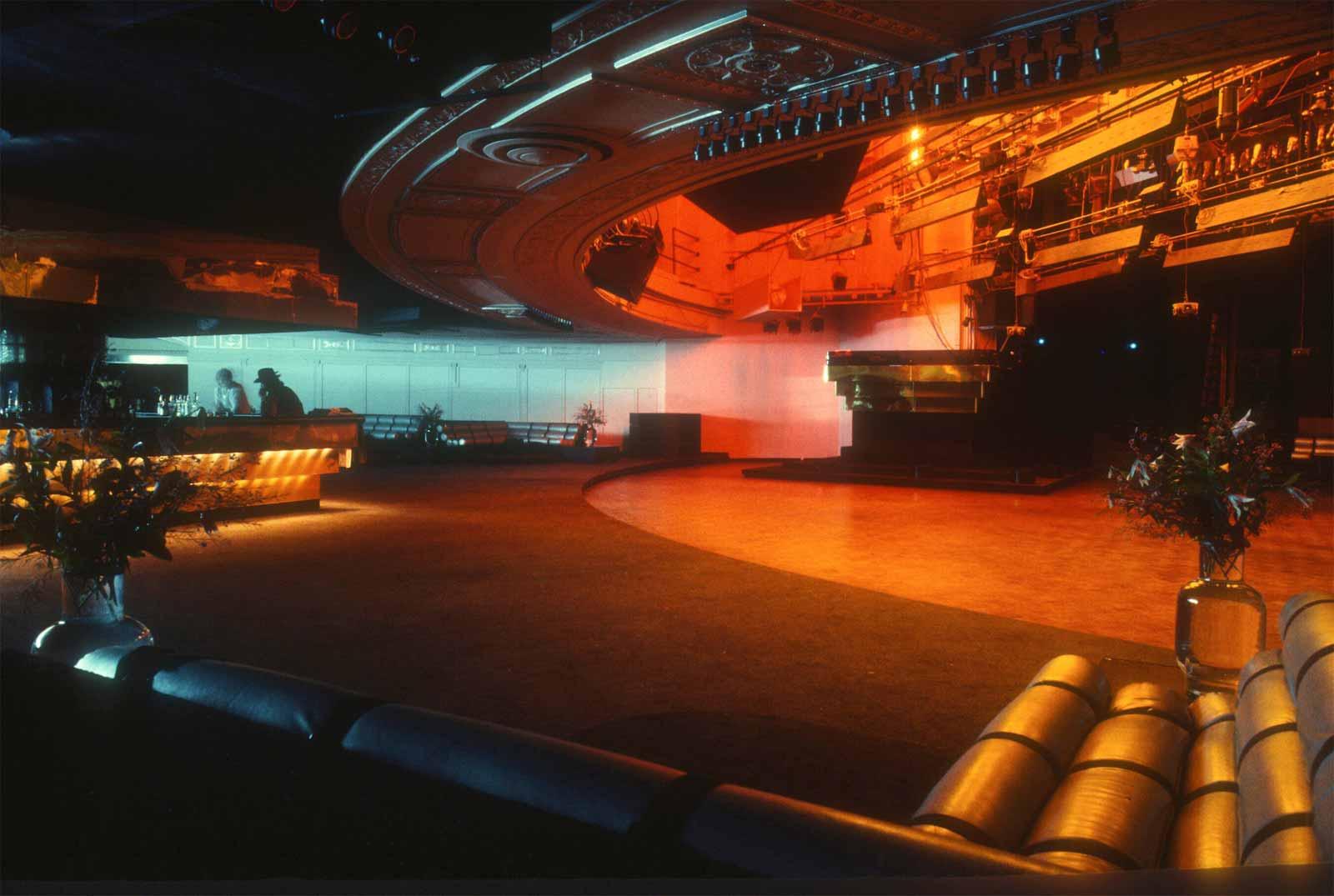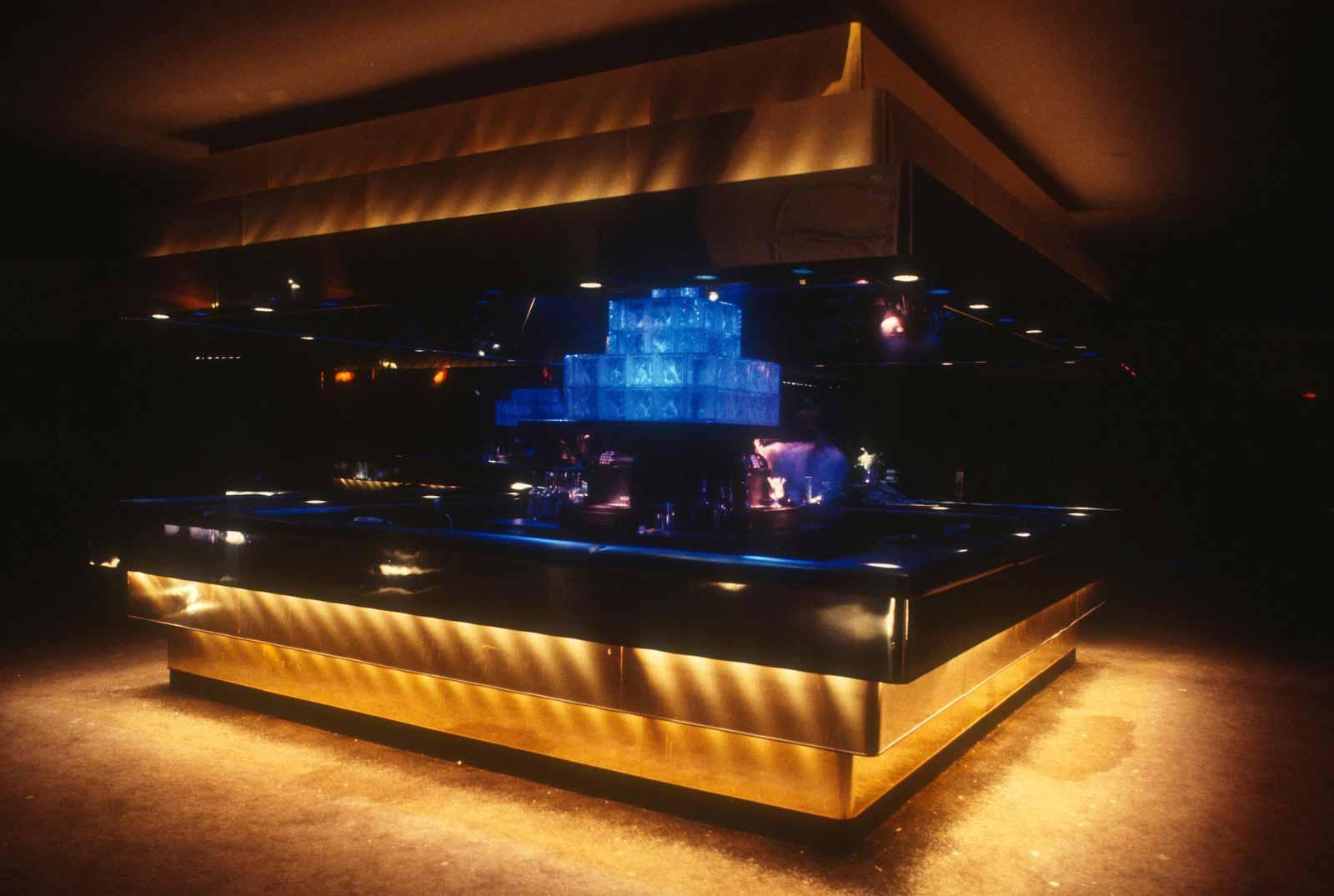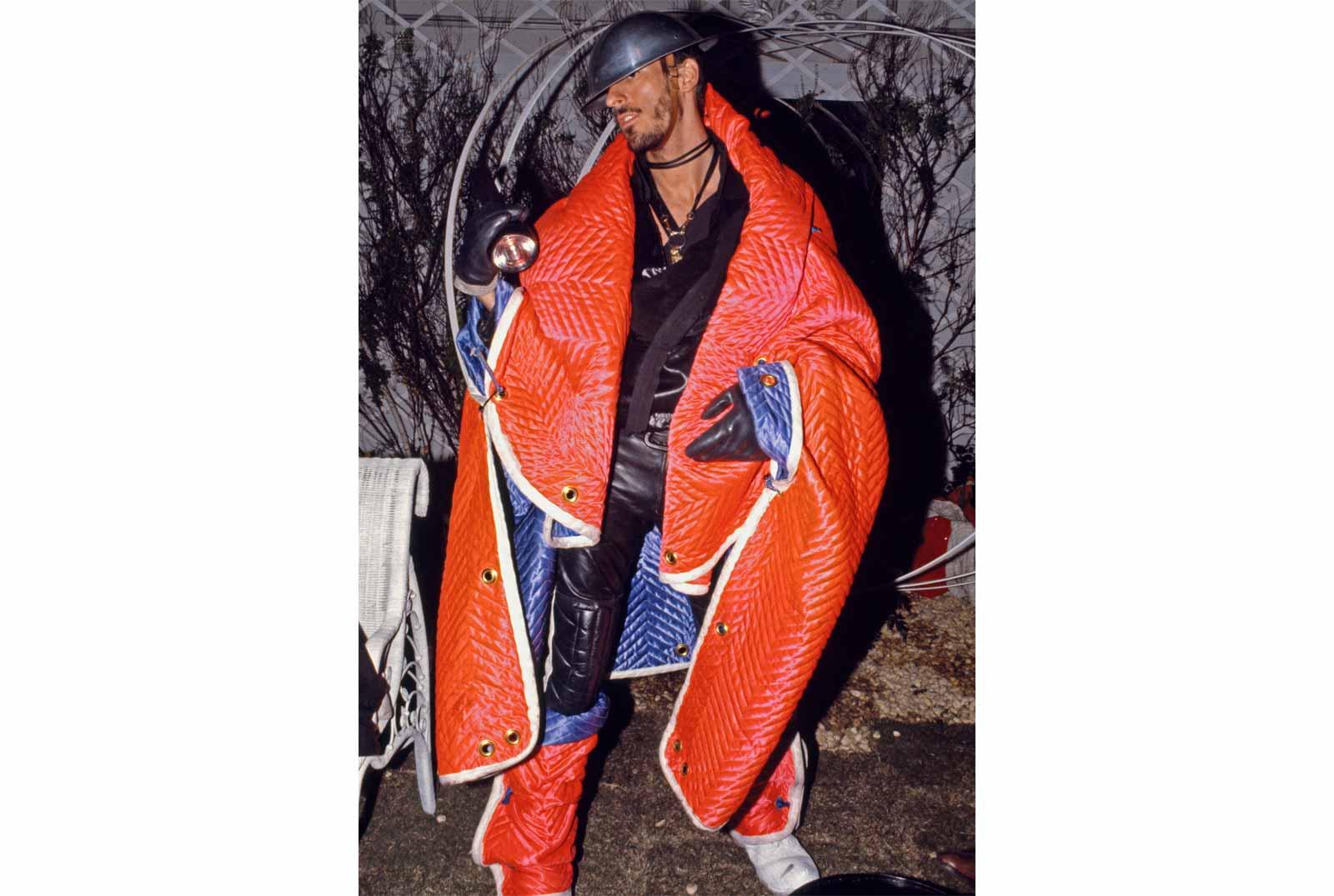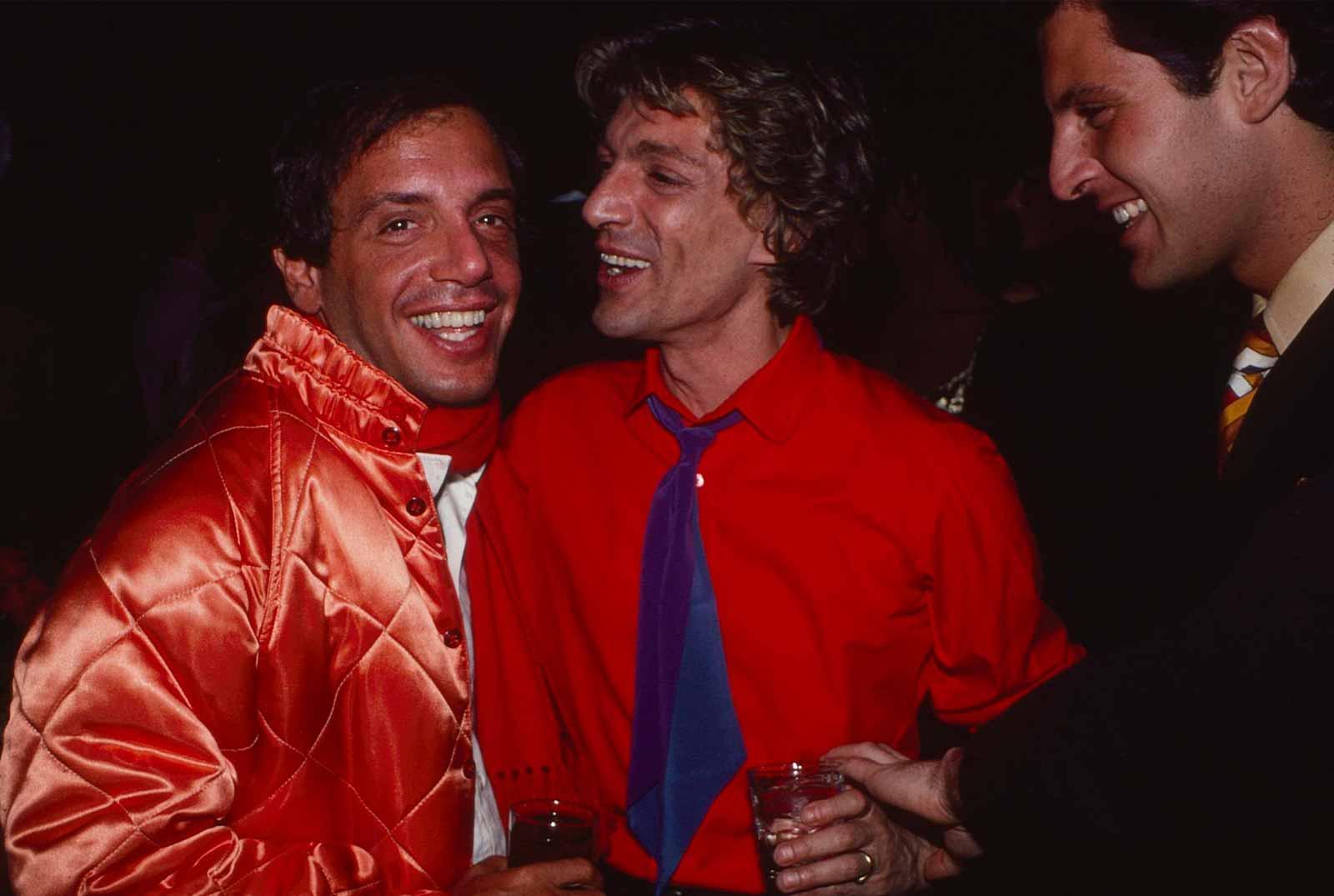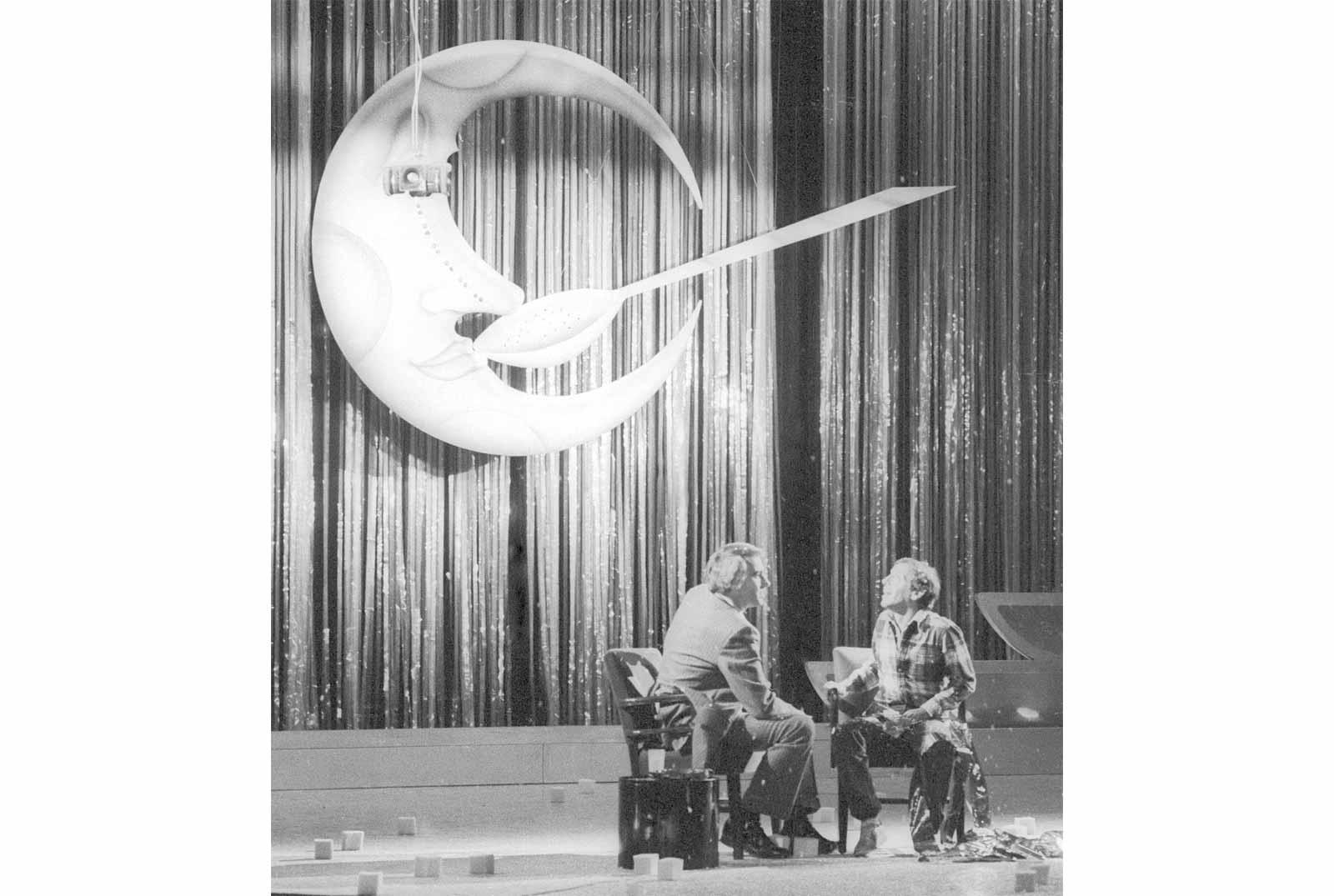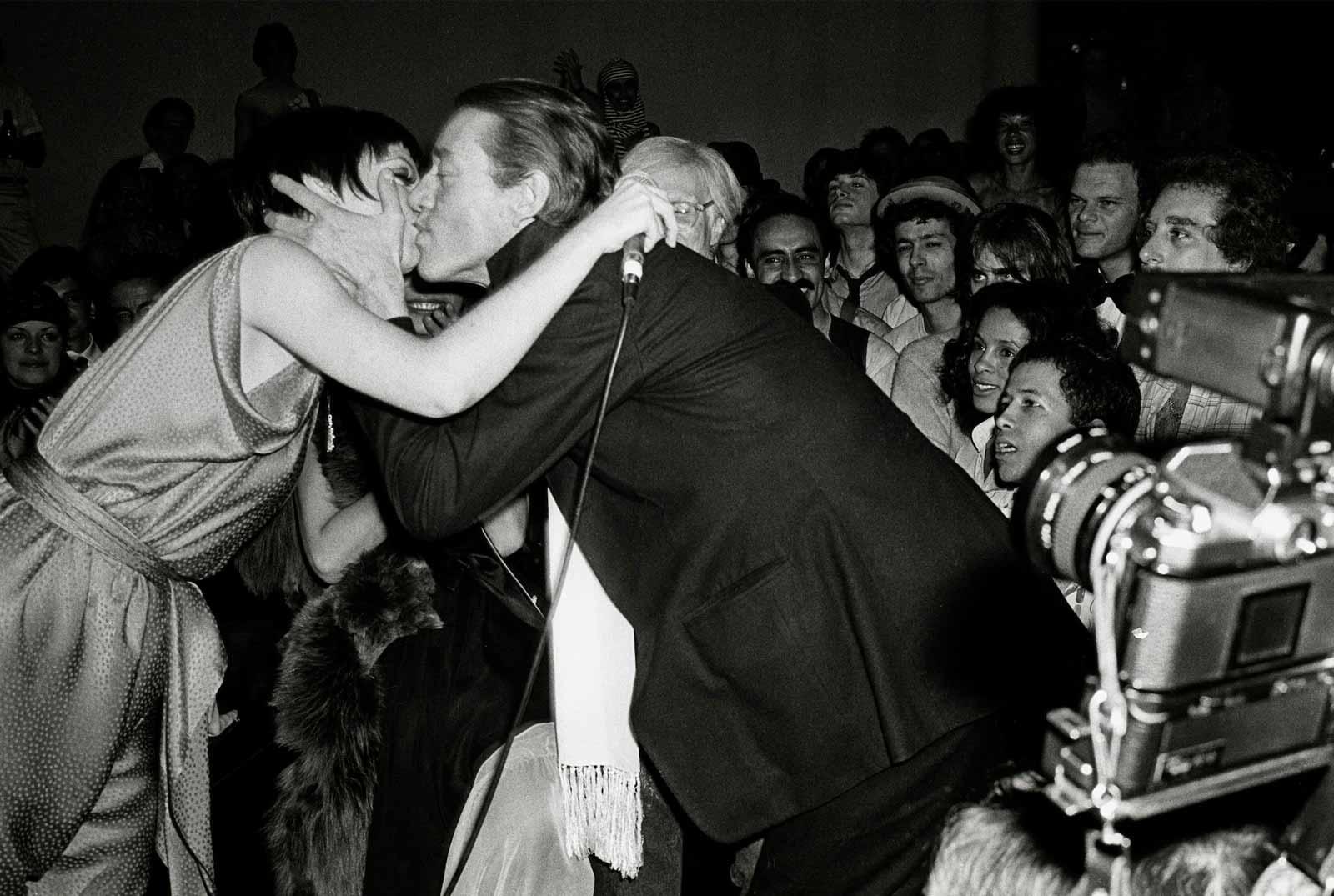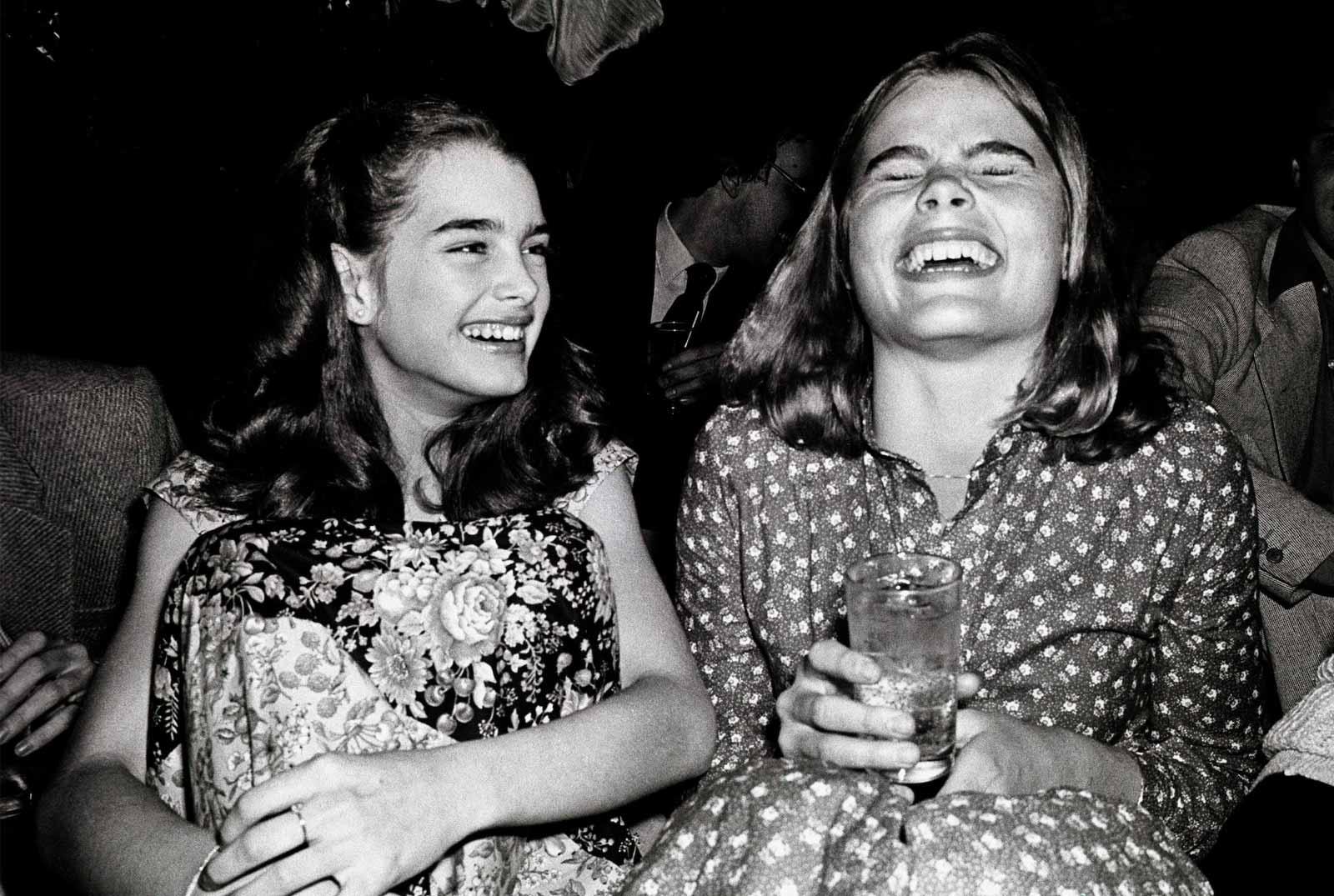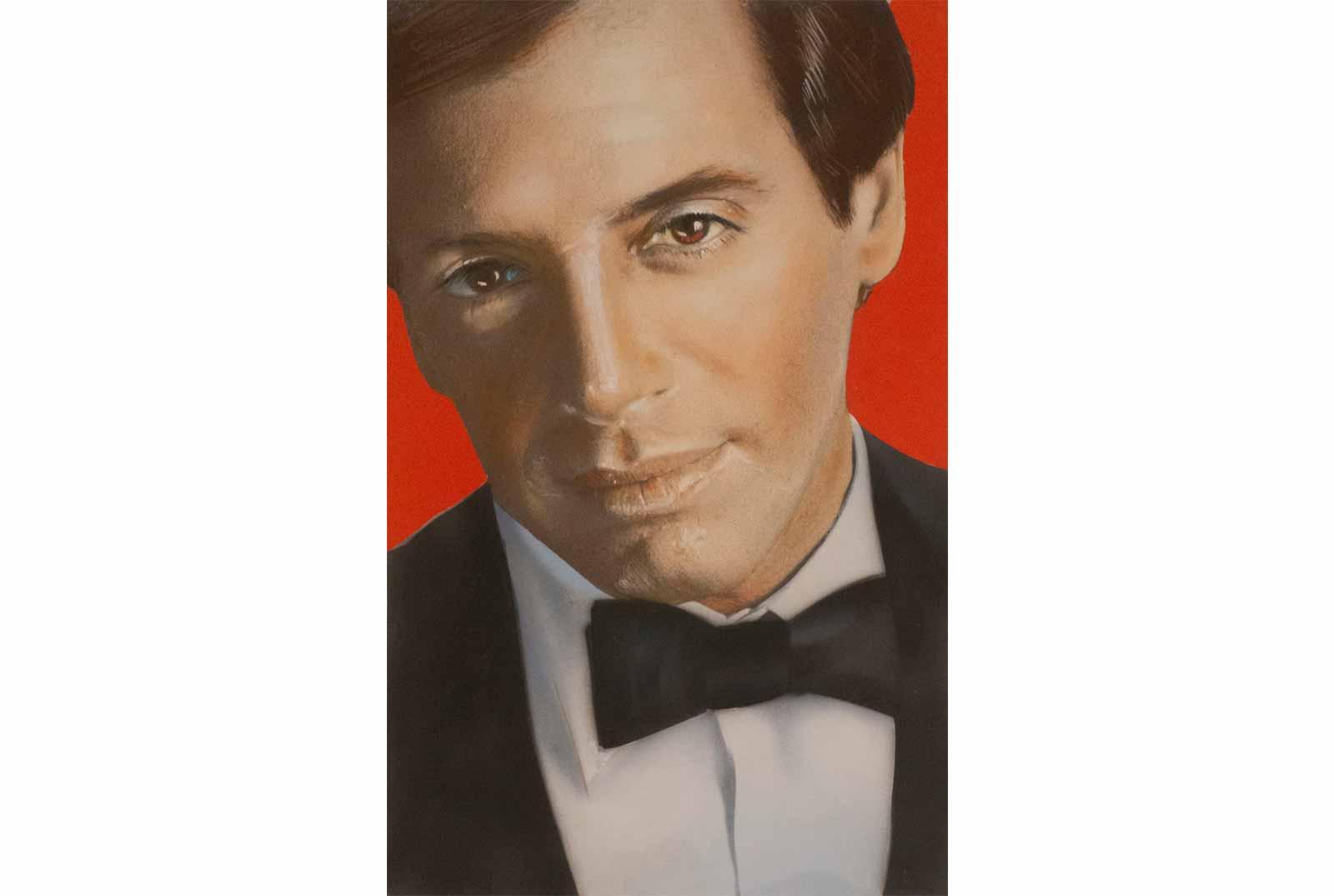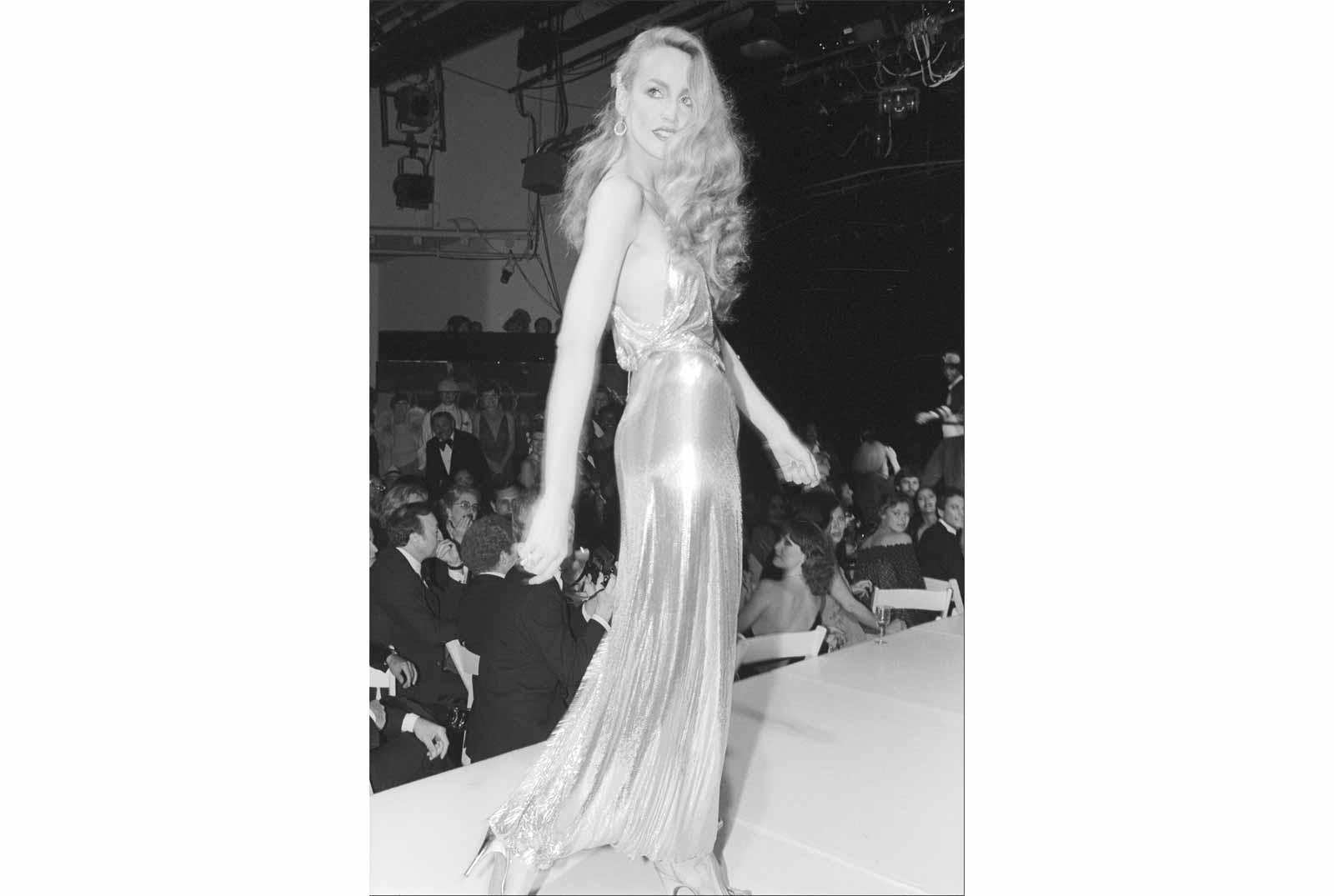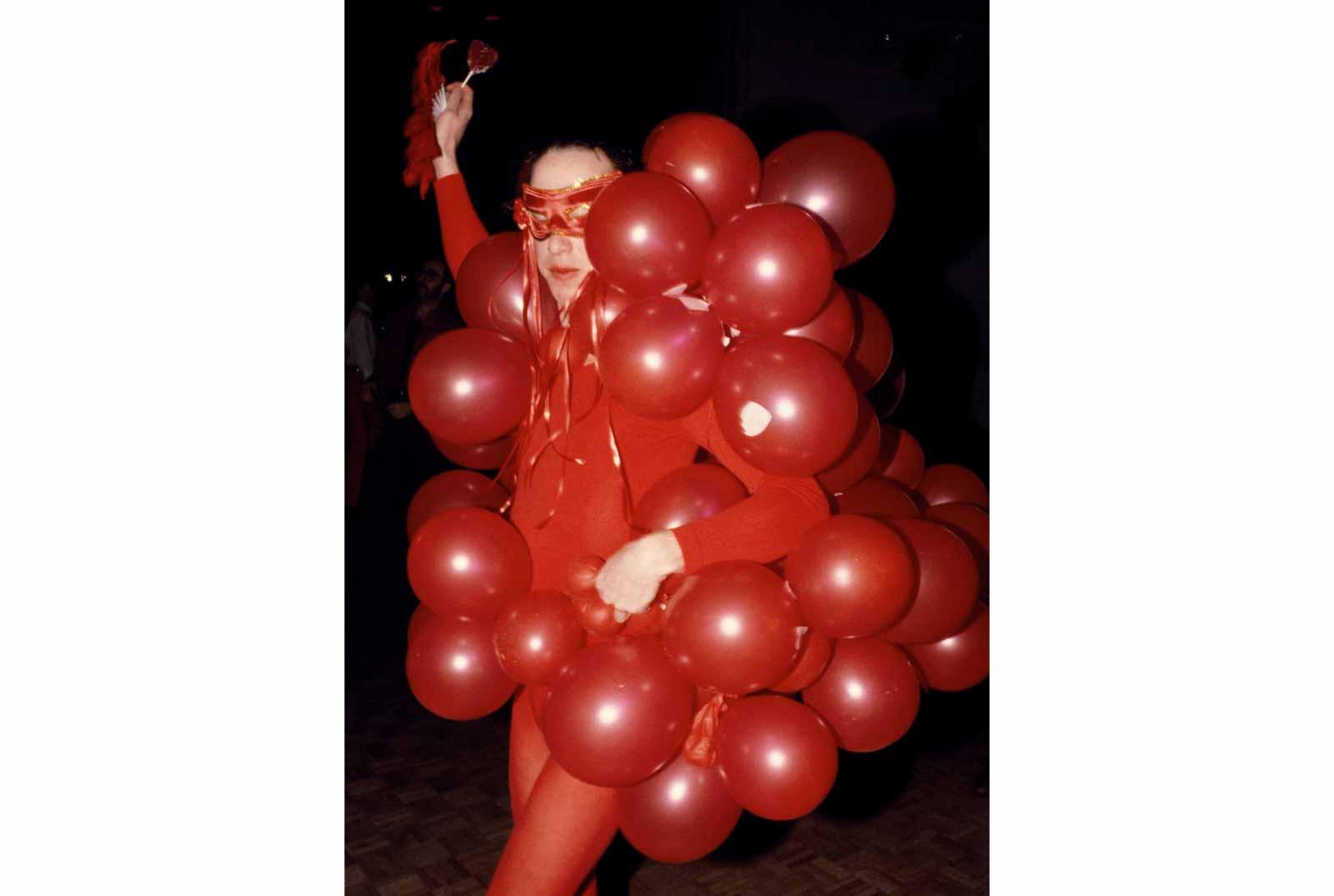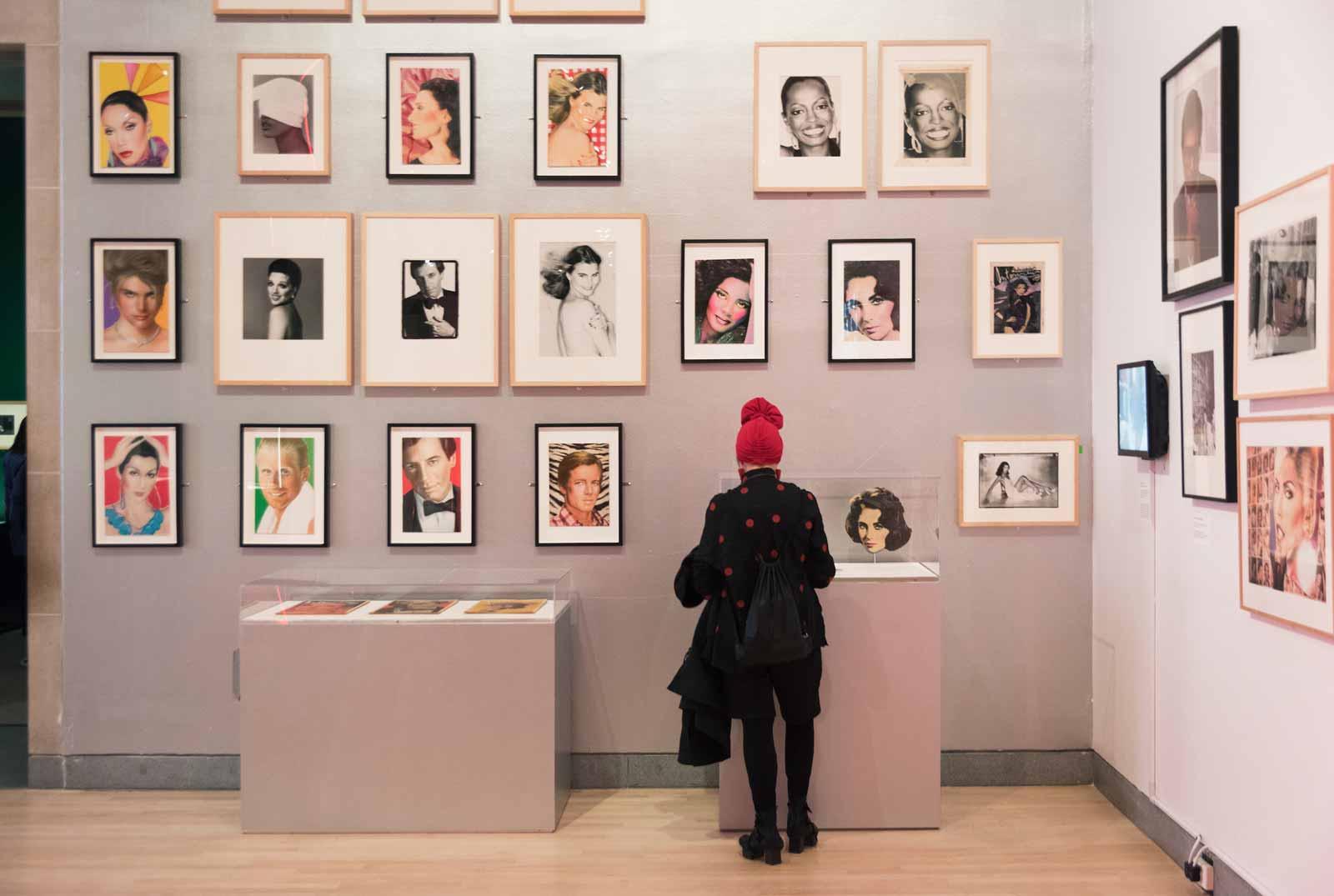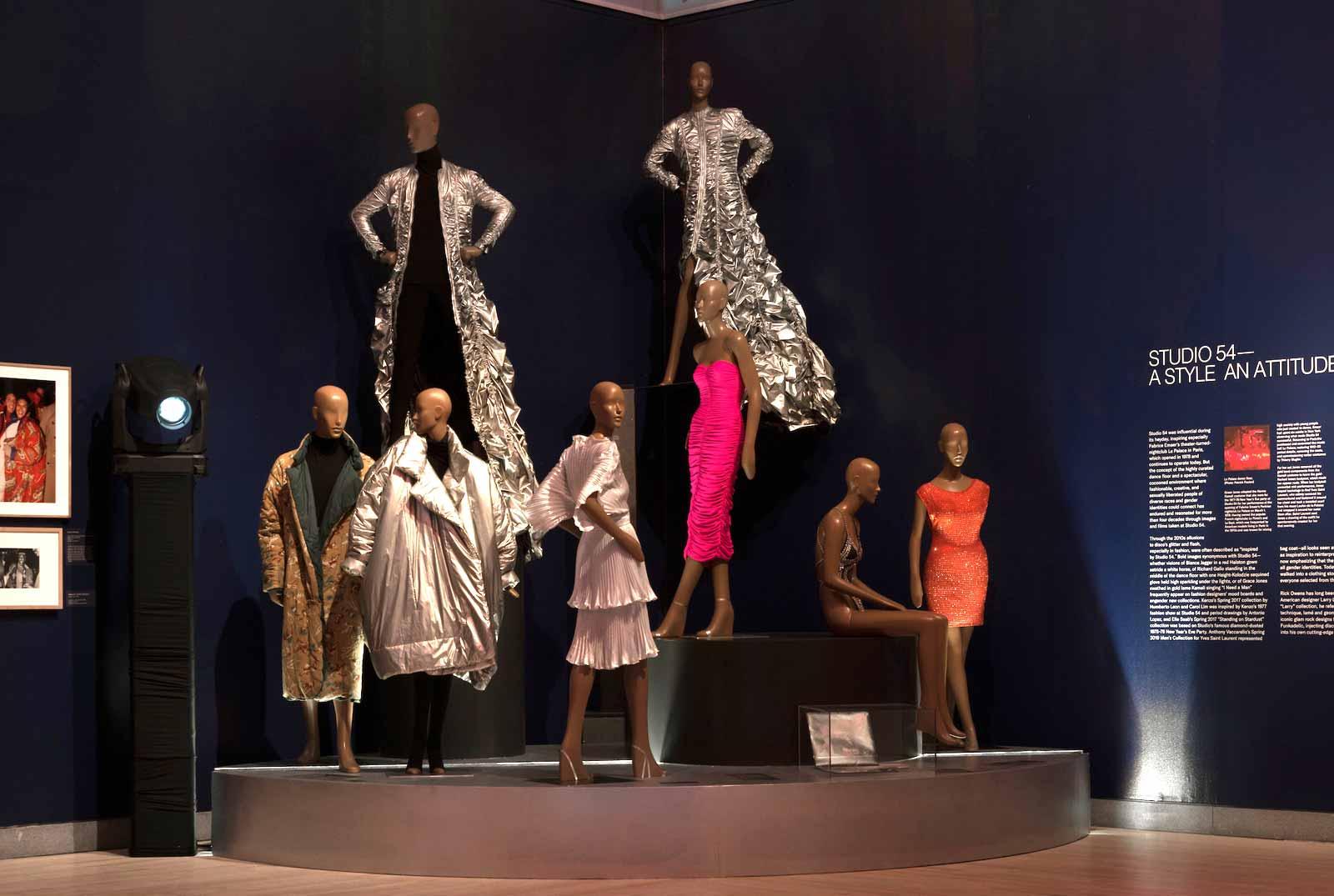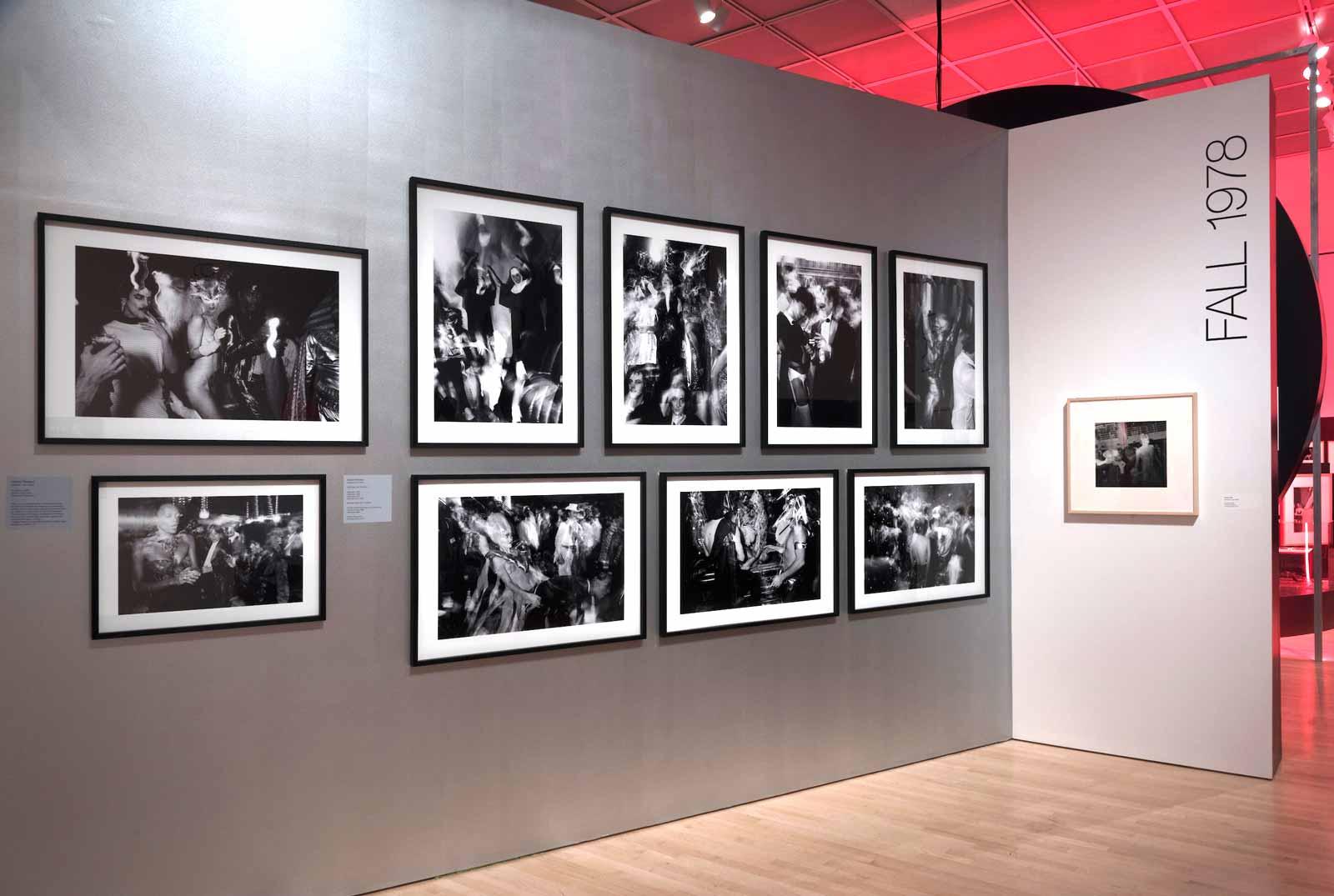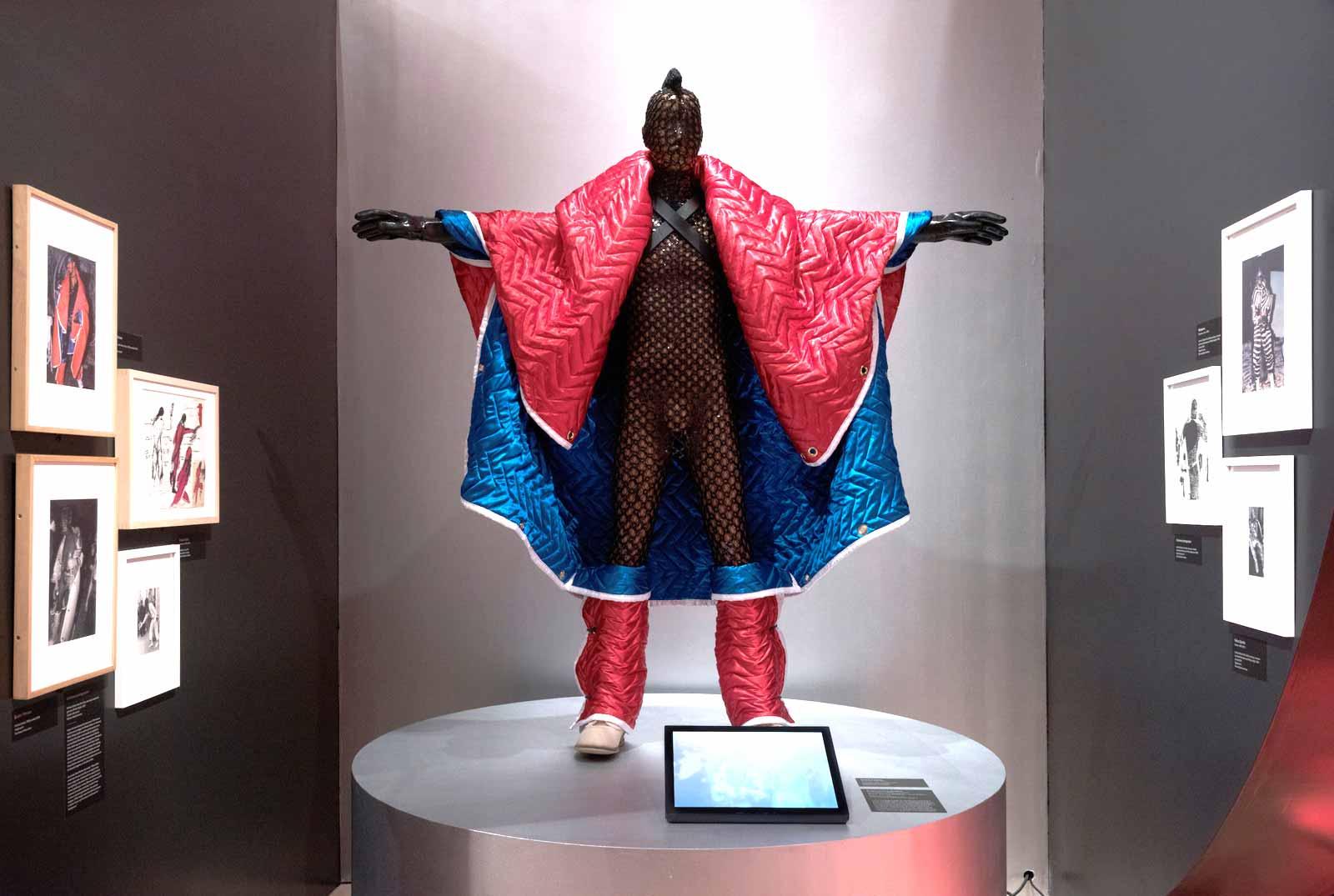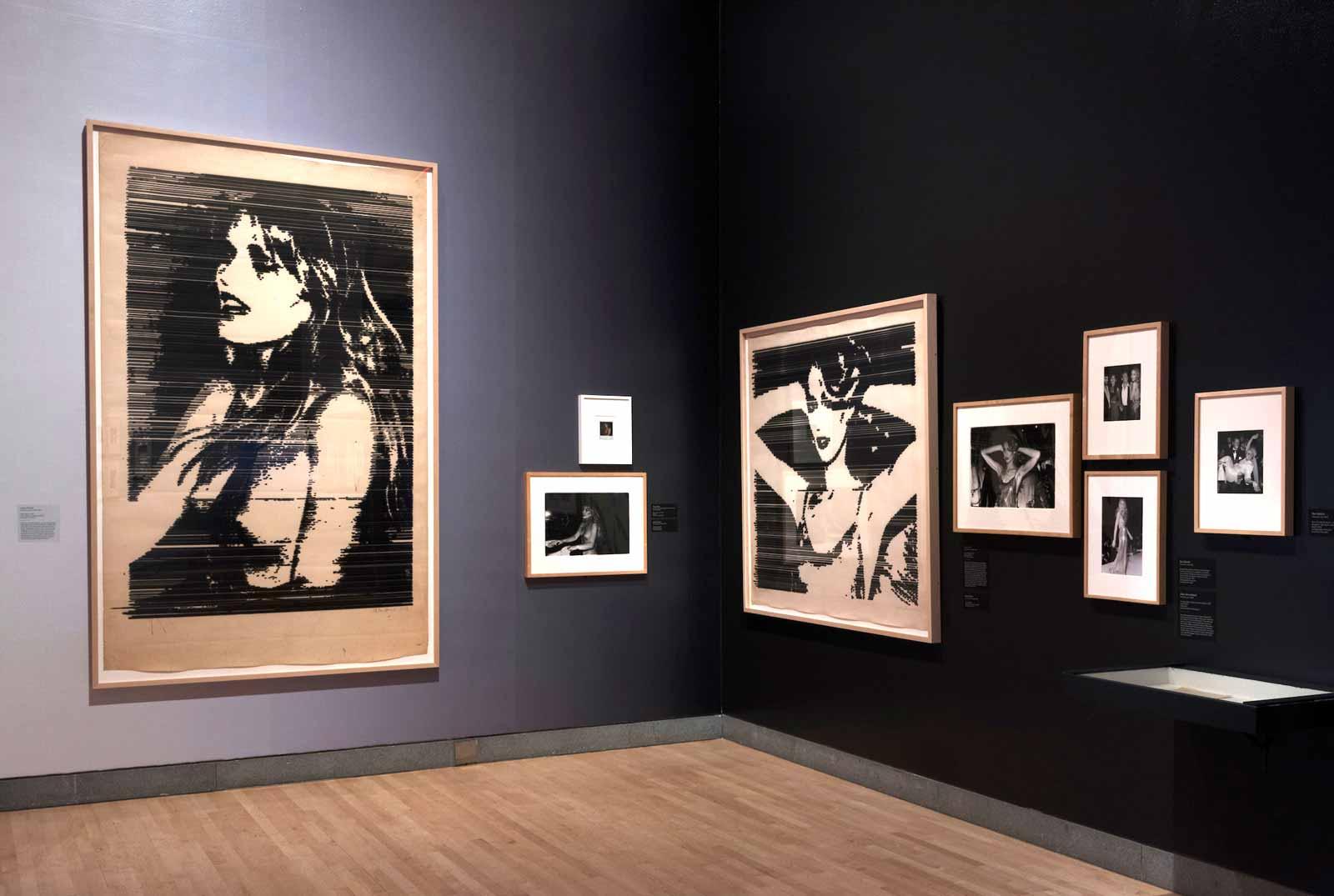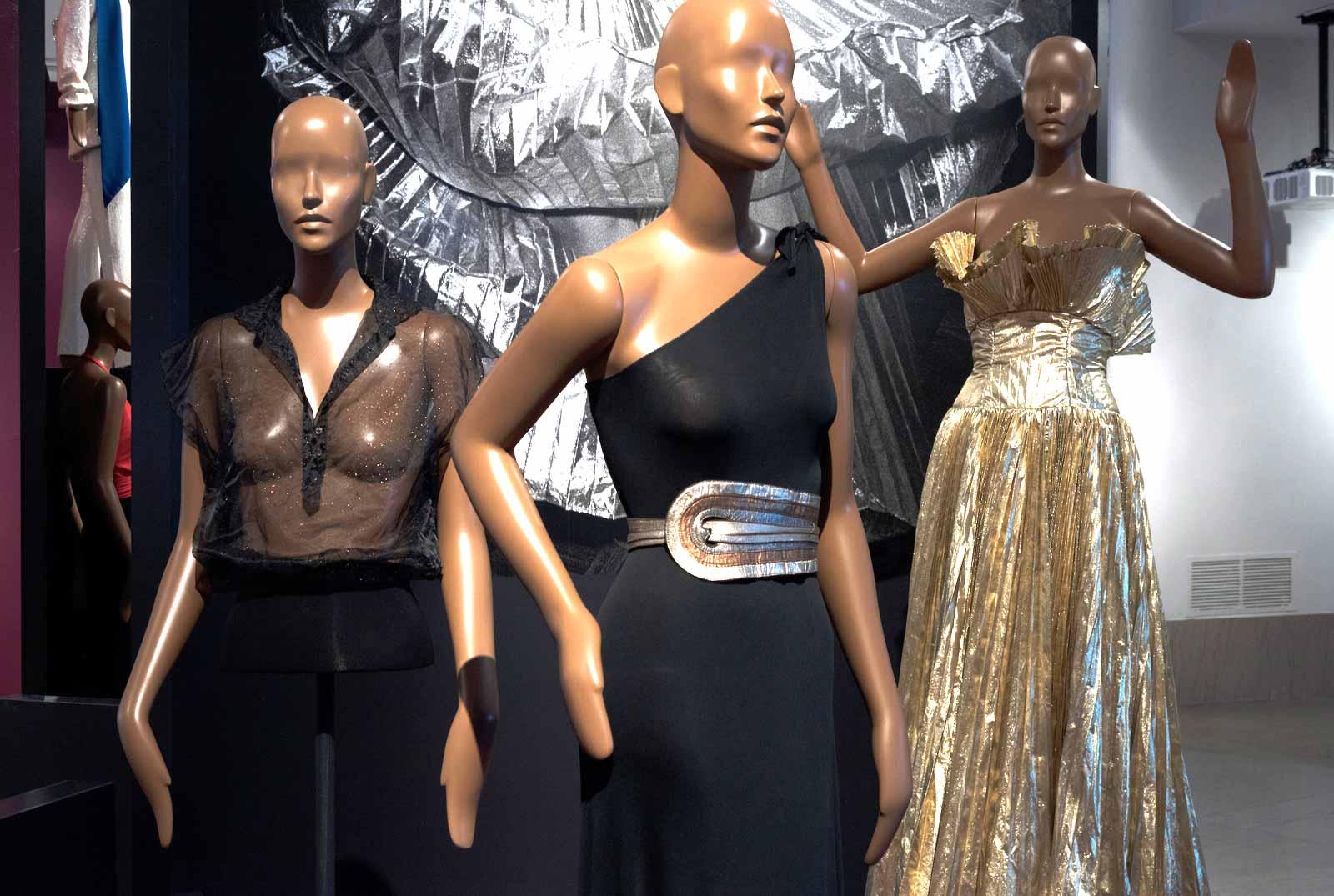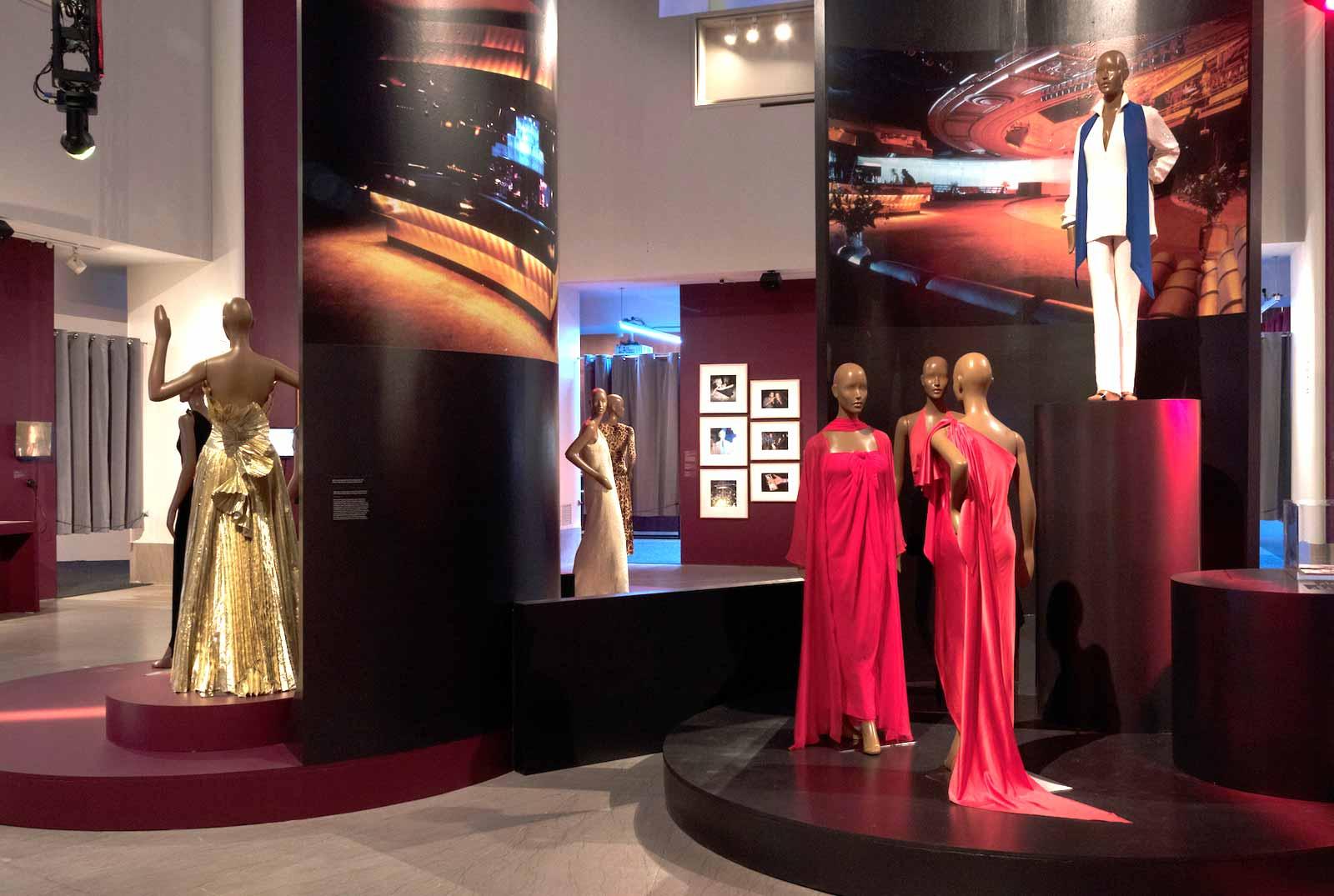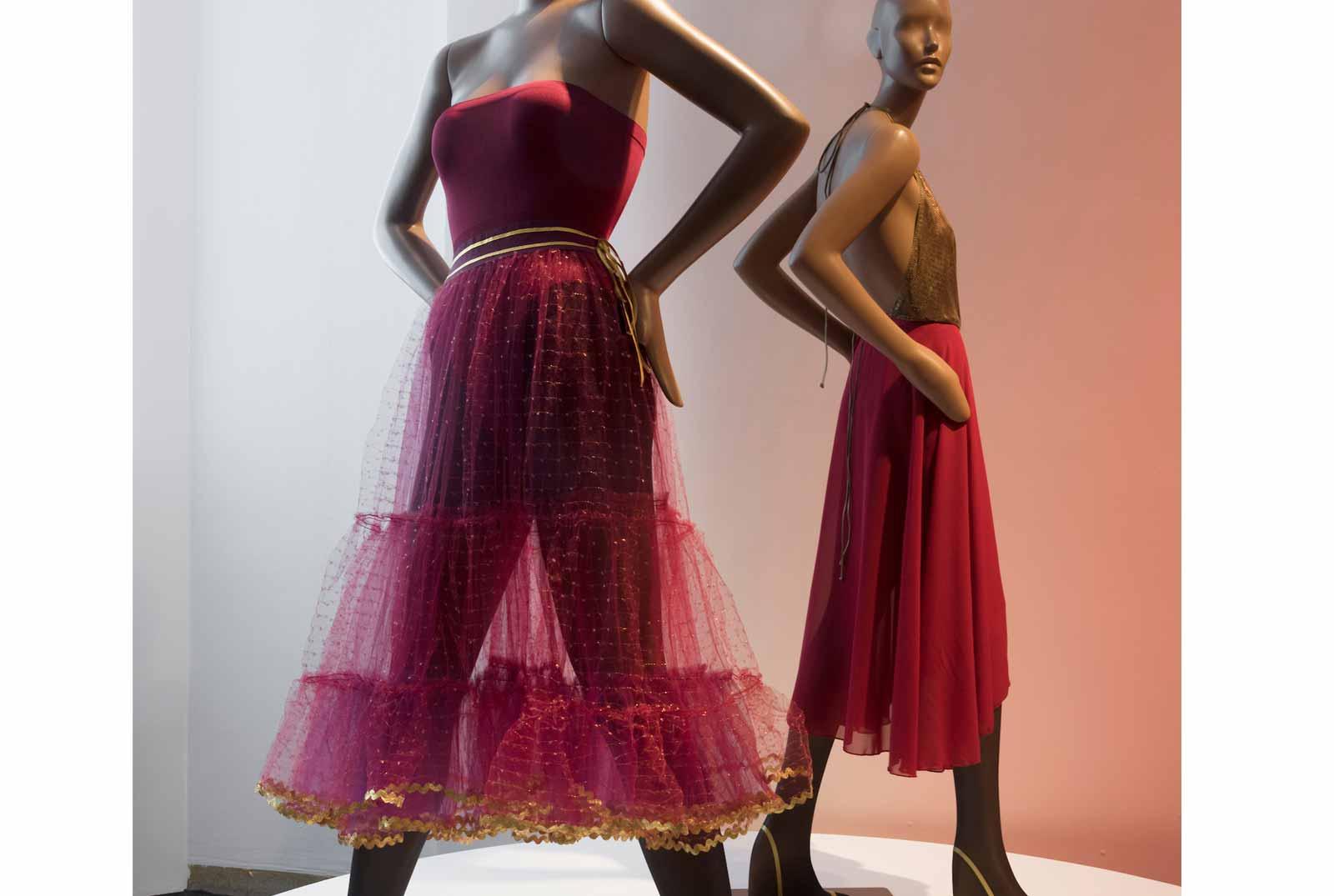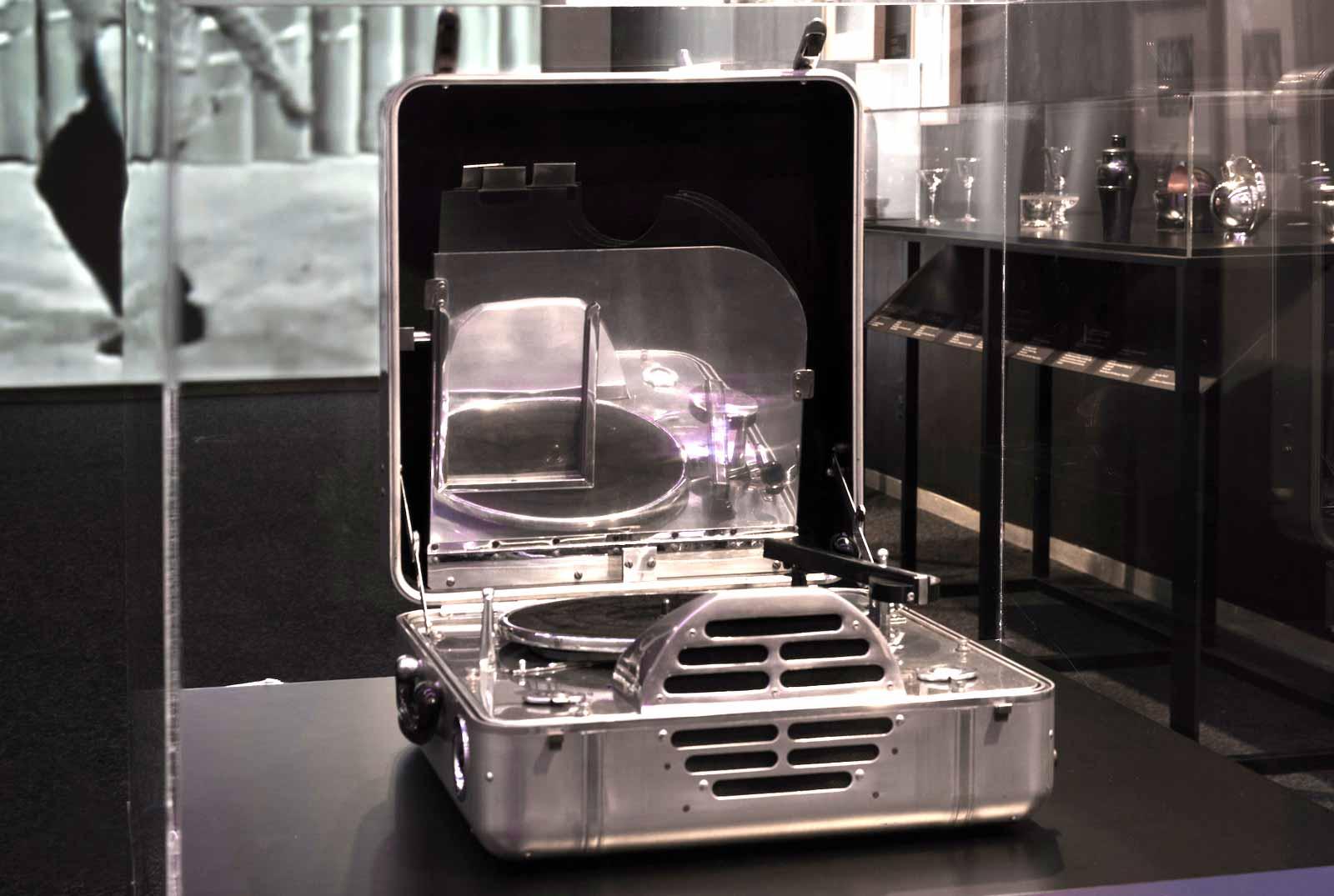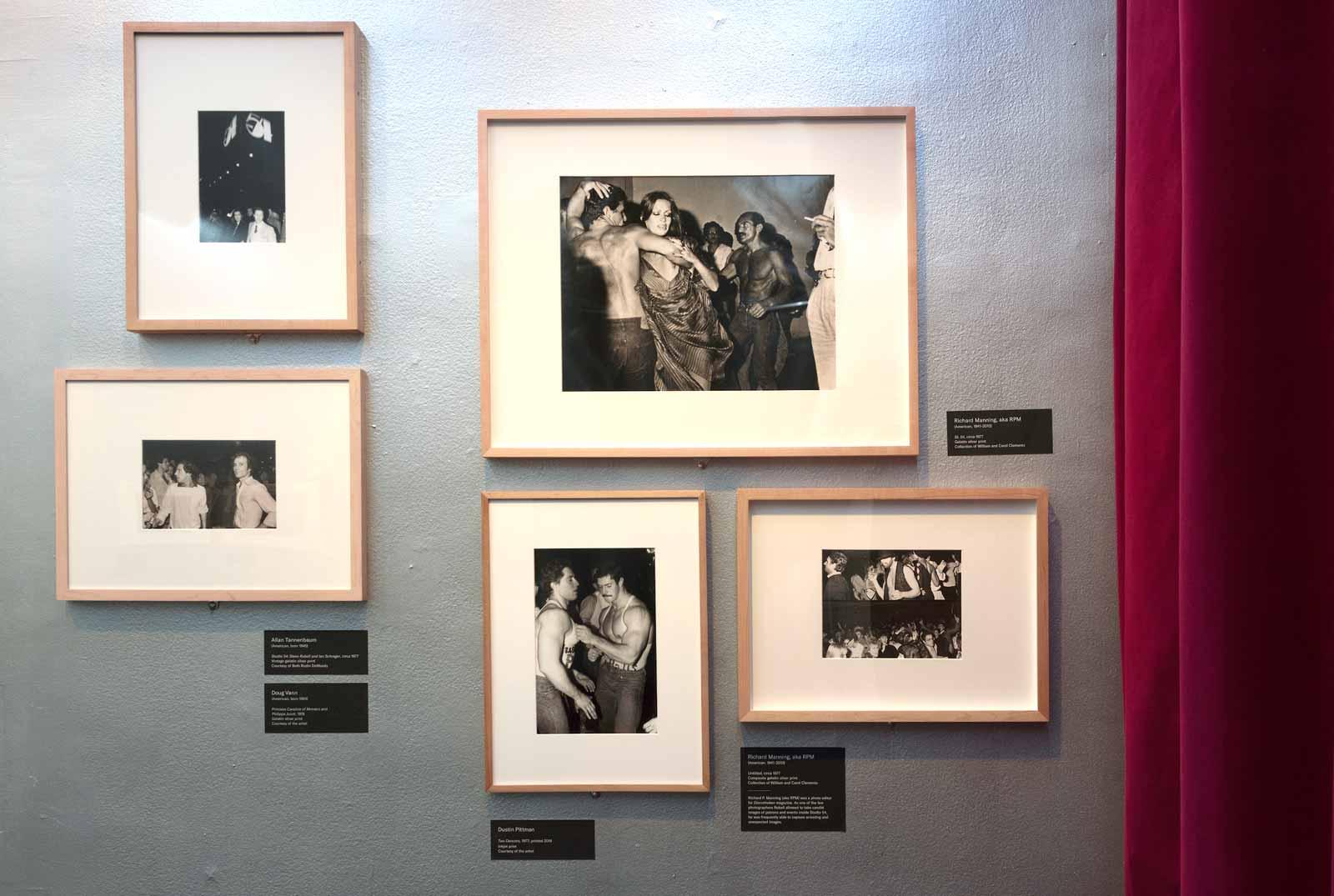For those who lived in New York City in the late 1970s, Studio 54 was the place to be. Around the world, its glamour captured the imagination of people passing through its doors and those who could only dream of it. Part performance and part nightclub, the converted theater space in midtown Manhattan pulsated with glitz and glamour. Studio 54 created a sense of escapism and luxury for those who made it past the velvet rope.
Opened in the spring of 1977 at the height of the Disco Era by club promoters Steve Rubell and Ian Schrager, Studio 54 came to define a generation. Rubell and Schrager transformed the former opera house-turned-theater into a club that sought to challenge people's notions of what could happen within this type of space. With diverse avant-garde offerings and clientele, Studio 54 would influence many facets of life throughout New York City and beyond. “Studio,” as it became lovingly referred to by regulars, came to function as a cultural incubator that helped foster many subcultures.
“Studio 54 was multicultural; it didn’t matter what your socio-economic status was. Sexuality, race, gender, wealth was irrelevant—to get into Studio 54 you only had to look fabulous and once you got past those velvet ropes everyone was equal—fashion designers, models, and celebrities mingled freely with everyday people from all parts of the city,” said independent curator Scott Rollins.




